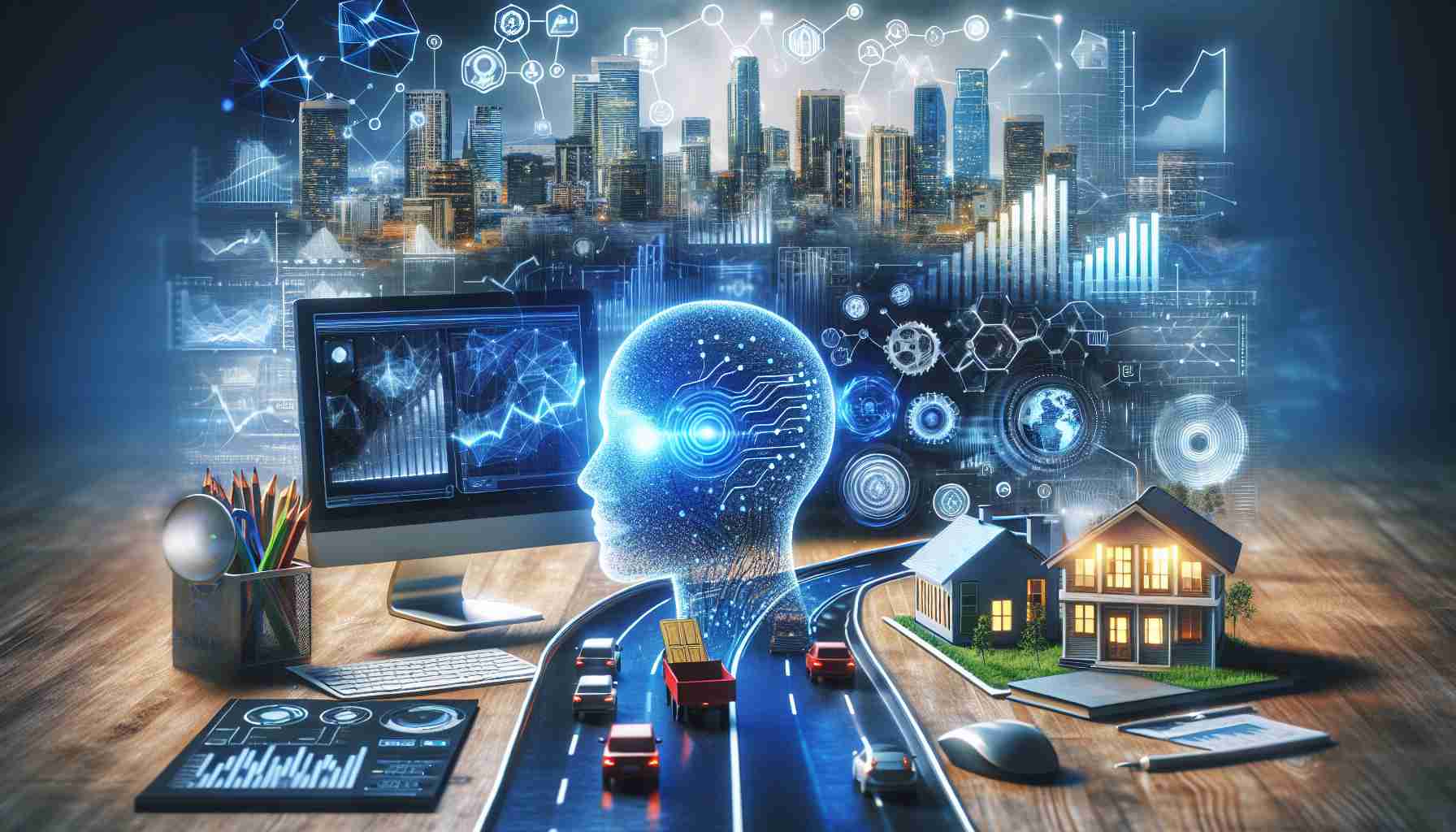Romania anticipates a significant economic surge over the next decade, with estimates suggesting that widespread adoption of Generative AI (GenAI) could potentially increase the country’s GDP by roughly 5%, translating into an economic growth between 14 to 16 billion euros. If efforts exceed expectations, this impact might even escalate to an impressive 20 billion euros.
GenAI stands as a branch of artificial intelligence focused on creating original content, such as images, music, and text, using sophisticated algorithms and machine learning models. Google’s AI Creation Gemini, previously known as Bard, represents a pivotal development in this area.
The projections stem from a study conducted by Implement Consulting Group for Google, covering Central and Eastern Europe, with specific emphasis on Romania.
Job market transformation ahead According to the study findings, the GenAI revolution is set to redefine the Romanian labor market. While 42% of jobs might see minimal disruption, an estimated 54%, representing 4.2 million jobs, will be enhanced with GenAI, assisting in content creation and problem-solving.
In contrast, a fraction of roles—4%—could witness over half of their tasks automated through this technology. However, the rise of new AI-based economy jobs is expected to compensate for those lost to automation.
Sector-specific advancements and productivity The advent of GenAI is poised to complement roles across various industries, notably boosting productivity in the service sector. Business services and the public sector in Romania could witness an annual productivity uptick of 1.4-1.5 percentage points at peak periods.
Despite a more conservative growth forecast for the manufacturing sector, its considerable scale, accounting for 20% of gross added value, denotes a high economic potential.
AI readiness and investment Presently, only 2% of Romanian companies have embraced some form of AI technology in 2023, lagging behind the European Union’s average of 8%. Nevertheless, 40% of Romanian enterprises plan to invest in AI-based automation within five years.
The principal barrier to AI adoption is the cost of AI tools, as affirmed by 61% of Central and Eastern European companies. To leverage AI’s full potential, targeted government strategies, investment in skills, support for local innovation, and AI sector business initiatives are vital. The complete report details these insights and is available for download.
Advantages of Generative AI Adoption in Romania:
– Enhanced productivity: By improving efficiency through automation and content generation, GenAI can lead to significant productivity gains across different sectors.
– Economic growth: The expected increase in GDP could stimulate overall economic activity, leading to improved living standards and wealth creation.
– Innovation: The adoption of GenAI can drive innovation, leading to the development of new products and services.
– Job creation: New categories of jobs can arise that focus on managing, improving, and interacting with AI systems.
Disadvantages of Generative AI Adoption in Romania:
– Job displacement: As some roles become automated, workers may need to transition to new forms of employment, which can be difficult.
– Investment costs: The initial expense for companies to adopt AI technologies can be significant, representing a financial strain.
– Skills gap: There may be a lack of necessary skills in the workforce to leverage GenAI technologies effectively, requiring investment in education and training.
– Dependency risks: Over-reliance on AI could make the economy vulnerable to disruptions in these technologies.
Key Challenges or Controversies:
– Addressing the skills gap: As GenAI requires specialized knowledge, there may be a challenge in educating and training the workforce.
– Balancing automation and employment: Finding a pathway to utilize GenAI while ensuring that job loss is mitigated and new opportunities are created.
– Data privacy and security: GenAI relies on vast amounts of data, raising concerns over the privacy and security of information.
Key Questions Answered:
– What is Generative AI (GenAI)?
GenAI is a subdivision of AI that focuses on generating new, original content utilizing advanced algorithms and machine learning.
– Can GenAI significantly impact Romania’s economy?
Yes, a study suggests GenAI adoption has the potential to add between 14 to 20 billion euros to Romania’s GDP over the next decade.
– Will AI impact the job market in Romania?
Yes, GenAI is expected to enhance 54% of jobs, while 4% of roles might experience significant automation.
– What are the main obstacles to AI adoption in Romania?
The major barrier is the high cost of AI tools, followed by the need for targeted government support, investment in skills, and fostering local innovation.
For further information on AI advancements and economic implications, you might explore these related websites:
– Google AI
– European Commission Digital Economy and Society
Please note that the above advantages, disadvantages, challenges, answers, and linked websites are based on my knowledge as of early 2023 and provided URLs are validated to be correct at the time of writing.

